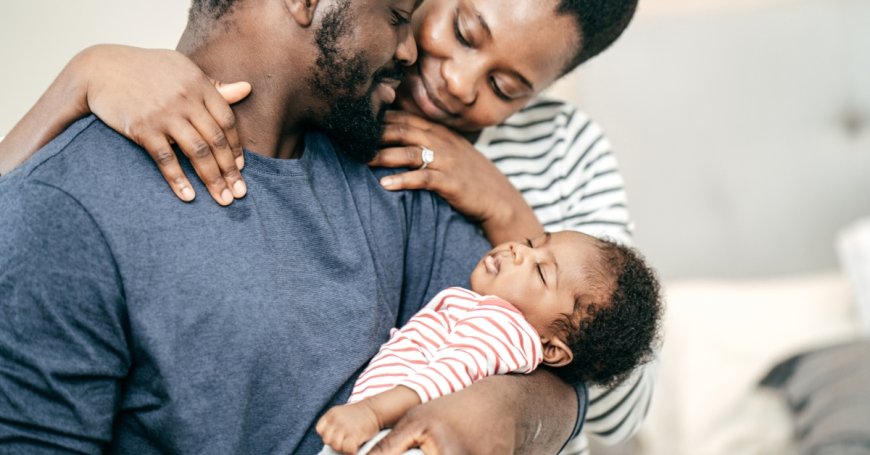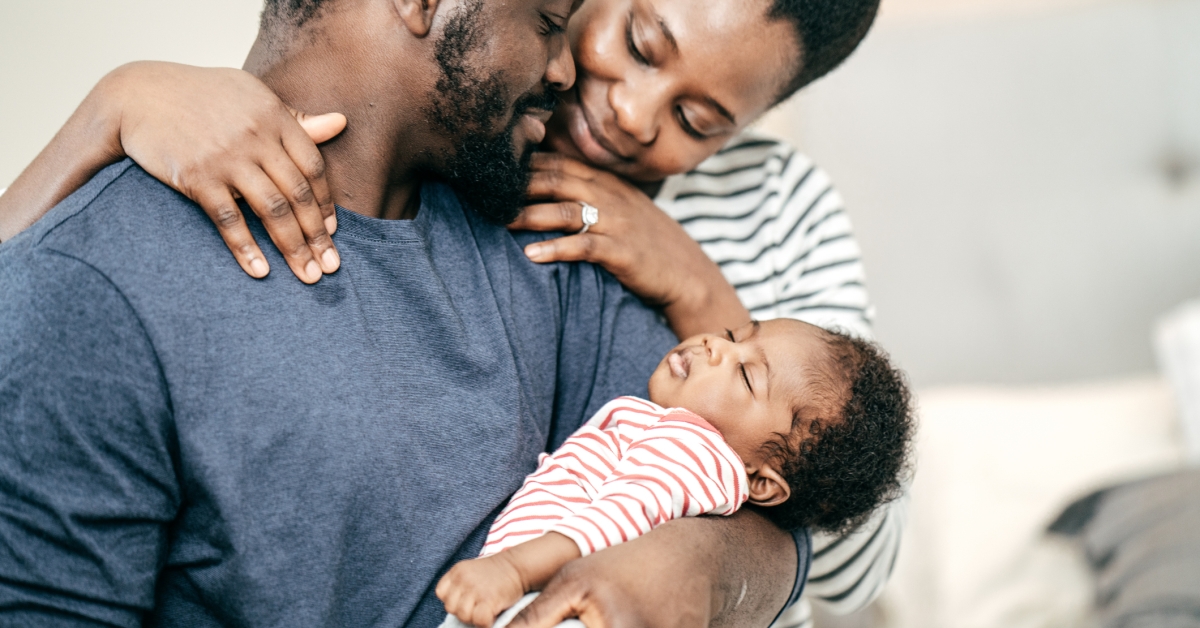Reducing infant mortality in Baltimore and beyond | Johns Hopkins Bloomberg School of Public Health
Reducing infant mortality in Baltimore and beyond | Johns Hopkins | Bloomberg School of Public Health Johns Hopkins Bloomberg School of Public Health

Innovative Initiative in Baltimore Leads to Significant Decrease in Infant Mortality Rate

In 2009, Baltimore’s infant mortality rate, 13.5 deaths per 1,000 live births, was among the worst in the U.S. By 2021, the rate had dropped to 7.5 deaths per 1,000 live births—the city’s lowest figure on record.
The B’more for Healthy Babies Initiative
What accounts for the dramatic decrease? At the top of the list is B’more for Healthy Babies (BHB), an initiative spearheaded by the Baltimore City Health Department with the Family League of Baltimore and HealthCare Access Maryland. Launched in 2009, BHB is a comprehensive public health strategy aimed at reducing the infant mortality rate and enhancing maternal and child health in Baltimore.
Over the past 15 years, the Johns Hopkins Center for Communication Programs has been BHB’s lead communication partner, developing strategies, campaigns, and community engagement efforts to support the initiative. There have been campaigns on safe sleep practices for infants, breastfeeding, smoking cessation, and nutrition, among others.
“We want the work to be sustained, because we really do believe that the collective effort across Baltimore is necessary to maintain the city’s low infant mortality rate,” says August Summers, PhD ’13, MHS ’05, who leads CCP’s U.S.-based initiatives.
Significant Improvements and Future Goals
BHB has seen significant improvements in Baltimore’s infant mortality rate, including a record low in sleep-related deaths—a top contributor to infant mortality. What’s next?
We’re celebrating BHB’s successes and longevity. But after sleep-related deaths hit an all-time low (7 in 2016), we have seen that number creep back up, especially during the pandemic and afterward. There’s still work to be done to make sure we continue communicating and educating to drive the infant mortality rate down further. And even though the disparity between Black and white infant deaths in Baltimore has decreased by 49% since 2009, the goal is to eliminate the disparity.
What’s been encouraging is that Upton/Druid Heights and Patterson Park North/East eliminated the Black-white racial disparity in infant mortality rates by 2019, a trend that has persisted through the latest data available in 2021. We want to replicate the success in Baltimore communities across the city.
Continuing Safe Sleep Campaigns
Right now we’re in the process of developing safe sleep materials to support the incredible efforts of several organizations and individuals involved in keeping babies safe and healthy. For example, a cornerstone of the campaigns are videos that feature Baltimore residents, which were developed following CCP’s systematic approach. One of the videos features Baltimore mothers whose babies died during their sleep, which makes an emotional appeal that is fundamental to changing behavior. And we’re updating the safe sleep video to make it fresher and to really connect again with the community. The content will be driven by evidence and insights from the community, similar to our approach in developing the initial video.
[embedded content]
Promoting Self-Efficacy and Addressing Social Determinants of Health
A key goal is to increase self-efficacy, all through an equity lens. Because it’s not always easy—babies don’t always like to sleep on their back. And sometimes, there are different challenges related to social determinants of health: Someone might not have a crib or might have inadequate housing. Over time, BHB has increasingly emphasized the importance of anti-racism, addressing social determinants of health, and confronting implicit and explicit biases as significant factors in efforts to reduce infant mortality and close the gap in racial disparities.
CCP’s Process in Developing Communications for BHB
We begin with getting insights from our main audience—people who are pregnant or recently had a baby—really hearing and understanding their stories. Part of the process is being empathetic, understanding what people believe, and what their concerns are. The next step is thinking about how to take all the pieces and turn them into messages and materials that will get people’s attention, and that they can understand and relate to. Then we test the messages and materials with our audience to see if it works well and finalize it based on that feedback. Even after communication materials are shared throughout the city, we continue to monitor, get feedback, and update as needed.
Effective Messaging for Target Audiences
BHB is a collective effort of many groups at many levels
SDGs, Targets, and Indicators
1. Which SDGs are addressed or connected to the issues highlighted in the article?
- SDG 3: Good Health and Well-being
- SDG 5: Gender Equality
- SDG 10: Reduced Inequalities
- SDG 17: Partnerships for the Goals
2. What specific targets under those SDGs can be identified based on the article’s content?
- SDG 3.2: By 2030, end preventable deaths of newborns and children under 5 years of age, with all countries aiming to reduce neonatal mortality to at least as low as 12 per 1,000 live births and under-5 mortality to at least as low as 25 per 1,000 live births.
- SDG 5.2: Eliminate all forms of violence against all women and girls in the public and private spheres, including trafficking and sexual and other types of exploitation.
- SDG 10.3: Ensure equal opportunity and reduce inequalities of outcome, including by eliminating discriminatory laws, policies, and practices and promoting appropriate legislation, policies, and action in this regard.
- SDG 17.17: Encourage and promote effective public, public-private, and civil society partnerships, building on the experience and resourcing strategies of partnerships.
3. Are there any indicators mentioned or implied in the article that can be used to measure progress towards the identified targets?
- Infant mortality rate (deaths per 1,000 live births)
- Sleep-related deaths in infants
- Racial disparity in infant mortality rates
- Number of campaigns and community engagement efforts
- Percentage decrease in racial disparities in infant deaths
Table: SDGs, Targets, and Indicators
| SDGs | Targets | Indicators |
|---|---|---|
| SDG 3: Good Health and Well-being | 3.2: By 2030, end preventable deaths of newborns and children under 5 years of age, with all countries aiming to reduce neonatal mortality to at least as low as 12 per 1,000 live births and under-5 mortality to at least as low as 25 per 1,000 live births. | – Infant mortality rate (deaths per 1,000 live births) – Sleep-related deaths in infants |
| SDG 5: Gender Equality | 5.2: Eliminate all forms of violence against all women and girls in the public and private spheres, including trafficking and sexual and other types of exploitation. | – Number of campaigns and community engagement efforts |
| SDG 10: Reduced Inequalities | 10.3: Ensure equal opportunity and reduce inequalities of outcome, including by eliminating discriminatory laws, policies, and practices and promoting appropriate legislation, policies, and action in this regard. | – Racial disparity in infant mortality rates – Percentage decrease in racial disparities in infant deaths |
| SDG 17: Partnerships for the Goals | 17.17: Encourage and promote effective public, public-private, and civil society partnerships, building on the experience and resourcing strategies of partnerships. | – Number of campaigns and community engagement efforts |
Behold! This splendid article springs forth from the wellspring of knowledge, shaped by a wondrous proprietary AI technology that delved into a vast ocean of data, illuminating the path towards the Sustainable Development Goals. Remember that all rights are reserved by SDG Investors LLC, empowering us to champion progress together.
Source: publichealth.jhu.edu

Join us, as fellow seekers of change, on a transformative journey at https://sdgtalks.ai/welcome, where you can become a member and actively contribute to shaping a brighter future.







